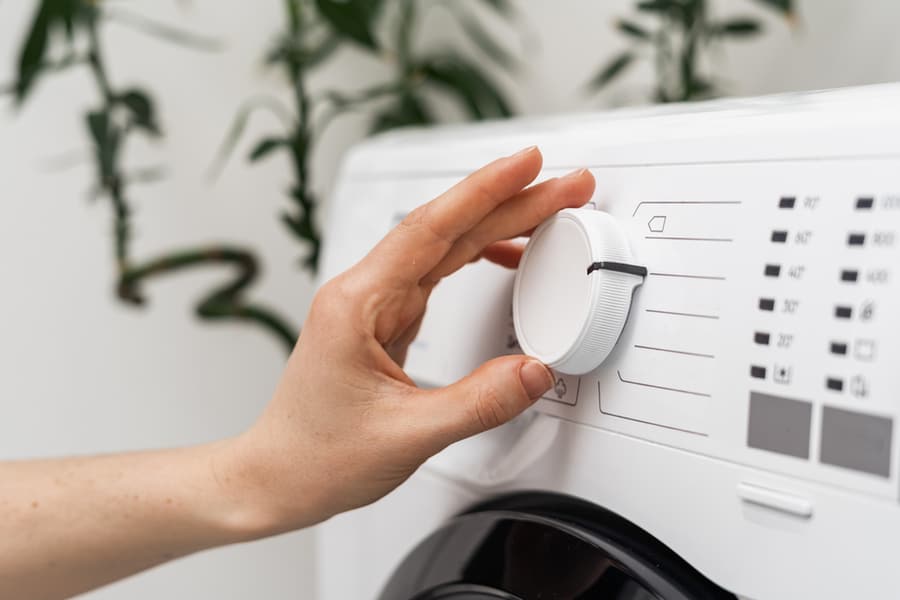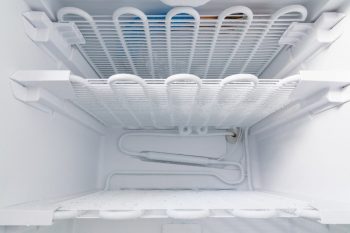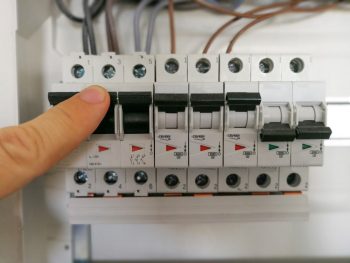
Washing your clothes is not a “one size fits all” job – it requires some finesse and understanding of the settings on your machine.
You have to know what spin setting works best for the type of load you’re washing. Otherwise, you risk damaging your clothes, the machine, or even both! That said, which spin cycle should you use?
The spin cycle to choose depends on the nature of your load. A low spin cycle is best for delicates, such as lingerie, wool, or silks. A medium spin speed works best for semi-delicates, such as denim or synthetics; and a high spin speed is recommended for cotton.
In today’s blog post, I’ll cover the basics you need to know about spin cycles and how to select the best one for each type of load. Have a mixed load? No problem – we still have an answer to what setting you should choose on your washer. But first, let’s clear the basics out of our way!
Spin Cycle – What It Is, How It Works
The spin cycle refers to the final step of the washing machine’s cycle that comes immediately after the rinse cycle.
Its purpose is to spin the drum at high speed to wring out excess water from clothes so that they can dry faster. It also helps to reduce creasing and shrinkage that can occur if the clothes are left too wet.
The speed at which the drum spins is measured in RPM (Revolutions Per Minute) and determined by the spin cycle setting.
Most machines have a “low,” “medium,” or “high” setting, which corresponds to slow, medium, and fast spin speeds, respectively.
It is important to note that the spin cycle does not determine the amount of water used during the wash. Instead, water quantity is dictated by the water level setting. The spin cycle settings only affect the speed at which the drum spins during the spin cycle.
Now, the spinning rate – or spin cycle setting – determines how clothes are generally handled. As such, choosing the right setting for your load is essential.
Choosing the Right Spin Cycle for Your Load
The type of fabric will determine the right spin cycle setting for each wash.
Let’s look at the three standard spin cycle settings and what type of load is best suited for each:
Low Spin Cycle
The RPM of the low spin cycle setting is usually between 400-800 RPM. Here, the RPM is the number of times the drum spins in a given minute.
This setting is best for delicate fabrics like lingerie, wool, silks, and blouses.
It’s the most delicate of the three standard settings, so it’s a great way to avoid or reduce the risk of damage to either of these fabrics when in the washer.
But then, the low spin cycle removes the least amount of water from the clothes.
Hence, as long as the fabric you’re handling can withstand it, you may want to use a higher spin cycle setting so that the clothes dry faster.
Medium Spin Cycle
The RPM of the medium spin cycle setting is usually between 800-1000 RPM. This setting is best for semi-delicates, such as synthetic fabrics and denim.
It’s still a bit slower than the high spin cycle setting, so it reduces the risk of damage to the fabric, but it still provides enough spin power to help remove excess water from clothes faster.
High Spin Cycle
The RPM of the high spin cycle setting is usually between 1000-1400 RPM. 1400 is the highest setting for a typical washing machine, but some models, especially the front loaders, will have even spin speeds of 1600 and even 2000 RPM!
But generally, one thing you have to keep in mind is that the high spin cycle setting is best for items made of 100% cotton, such as towels and some bed sheets and t-shirts.
This is because the higher spin speed helps to wring out more water from the fabric, so they dry faster.
The table below shows the recommended RPM setting for different types of fabrics. It will know whether to go with a low, medium, or high spin cycle setting for your load.
| Material Type | Recommended RPM | Spin Cycle Speed Category |
| Silk | 400 | Low |
| Denim | 900 | Medium |
| Synthetic Fabrics | 1000 | Medium |
| Wool | 800 | Low |
| Cotton | 1400 | High |
| Knits | 500 | Low |
| Dress shirts | 600 | Low |
Perfect Spin Cycle for Mixed Loads
If you have a mix of different fabrics in one load, choosing the right spin cycle setting can be tricky.
But it’s easy!
In this case, you want to choose the lowest spin cycle setting that can still remove enough water from your clothes.
There’s potential harm to the delicates should you go for a more aggressive spin cycle setting.
But the same can’t be said for sturdier pieces when working with a lower spin cycle setting. So, it’s always best to exercise caution when you have mixed loads.
That means if you have a mix of fabrics that are both delicate and cotton, then you should choose the low spin cycle setting. If they’re a mix of semi-delicate and cotton fabrics, you may want to work with the lower end of the medium spin cycle spectrum.
But then again, if it’s possible to separate the different types of fabrics into different loads, it’s always the best way to go.
Grouping will help ensure that each type of fabric is handled in the most appropriate way, depending on its recommended spin cycle setting.
The Spin Cycle Setting Affects the Noise Level

As the drum spins to wring out the water, it can cause quite a bit of noise. Usually, the noise level depends from model to model, but the spin cycle you choose significantly impacts the noise level.
The higher the spin cycle setting, the louder the noise can be. So if you want to keep the noise down, you may opt for the lowest setting possible.
However, if you’re dealing with stronger fabrics and don’t want to sacrifice the higher spinning speeds, consider investing in a more modern and efficient model – one that comes with an ultra-quiet design.
Expect to pay more for this kind of model, but it can also save you from having to deal with a loud machine.
3 Top Reasons Spin Cycle Gets Louder Than Usual
If your washing machine has recently been noisier than it used to be on the same spin cycle setting, it could be due to several reasons.
The most common ones are:
Unbalanced Laundry Load
If the laundry load isn’t evenly distributed, it can create an imbalance on the drum and cause more noise. Just make sure to spread out your clothes evenly, so the machine can spin without working too hard.
The Washer Isn’t Leveled
Ensure your washing machine is standing on a level surface. If you notice a noise, it could be the unit is making some micro movements and hitting the objects closer to it. Check the feet of the machine to ensure it’s properly leveled.
Furthermore, if there are any objects that are too close to the unit, move them a little to create more clearance.
Clogged or Blockage in Drain Filter
It’s normal to hear a whirring sound as the machine drains water. But if the sound is louder than usual, it could be due to a clogged filter or blockage in the drain hose. Check and clean the filter or hose to ensure a smoother running machine.
Conclusion

It’s important that you choose the most appropriate spin cycle setting for your specific load. That way, you can protect your fabrics, reduce noise levels and maximize the efficiency of your washing machine.
And as usual, always get your machine serviced occasionally if you want to keep it in good working condition. That way, you can prevent malfunctions or noise issues with the machine and ensure it always offers the best performance.
Frequently Asked Questions
Does Higher Spin Speed Damage Clothes?
Higher spin speeds do not damage clothes as long as you match the spin speed to the fabric type. Higher speeds can even help you get rid of more water from the clothes faster and reduce the drying time. If you’re dealing with delicate fabrics, choosing a lower spin cycle setting is better.
Does Fast Spin Shrink Clothes?
No, in most cases, fast spin does not shrink clothes. Modern washing machines are designed to spin at higher speeds without damaging the fabric. And actually, the longer the spin cycle, the more likely clothes will shrink, meaning that fast spin cycles are less likely to cause shrinkage.
What Spin Cycle Should I Use for Towels?
The best spin cycle for towels is usually the highest available setting. This will allow you to wring out as much water as possible from the material and reduce the drying time. But more ultimately, follow the manufacturer’s instructions and use a gentle detergent that won’t damage the towels.












